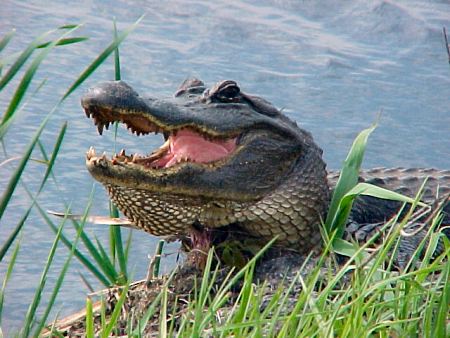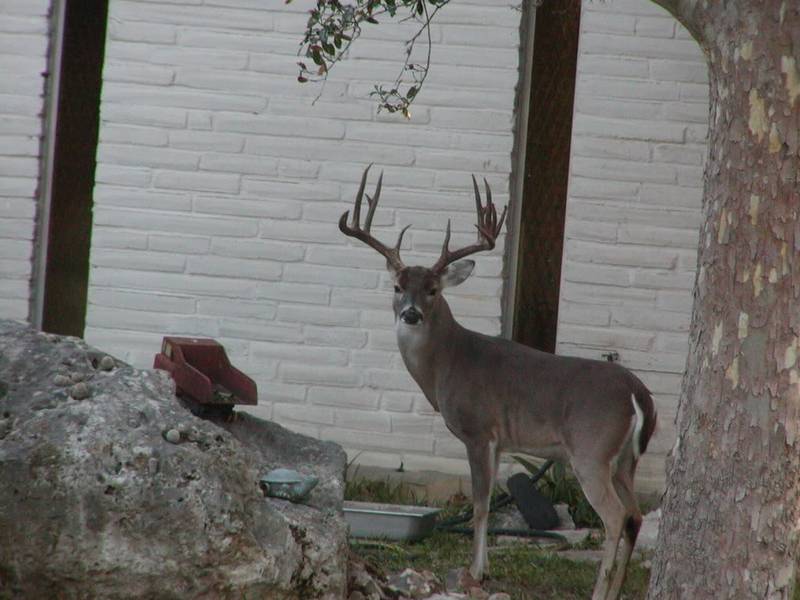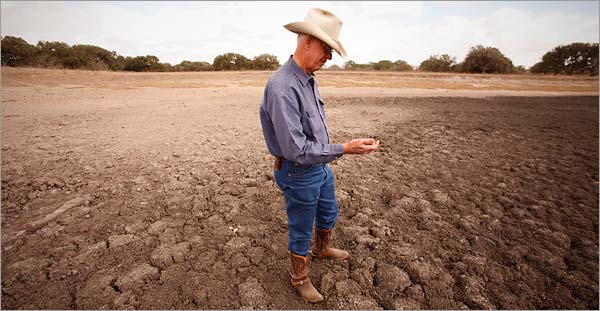My money was on Ivie or Lake Fork. However, it just had to be O.H. Ivie Reservoir! The lake has produced nine largemouth bass weighing 13-plus pounds that have been entered into the Toyota ShareLunker program this spring, and now the 500th bass entered into big bass program has been delivered from the same lake. All the fish were special fish to the anglers who caught them, but the ninth was a little more special: Sam Callaway of Corpus Christi will collect $500 a pound for his catch, a total of $6,670!
Callaway caught Toyota ShareLunker number 500 at 9:20 a.m. April 9 using a Zoom Magnum eight-inch lizard in watermelon/red. The 13.34 pound fish was immediately taken to an official ShareLunker weigh and holding station, Concho Park Marina, where it was held for pickup by Texas Parks and Wildlife Department (TPWD) ShareLunker program manager David Campbell. The fish, 20.5 inches in girth and 26.25 inches long, now swims in the Lunker Bunker at the Texas Freshwater Fisheries Center. Continue reading O.H. Ivie Bass Fishing Sets Record!




